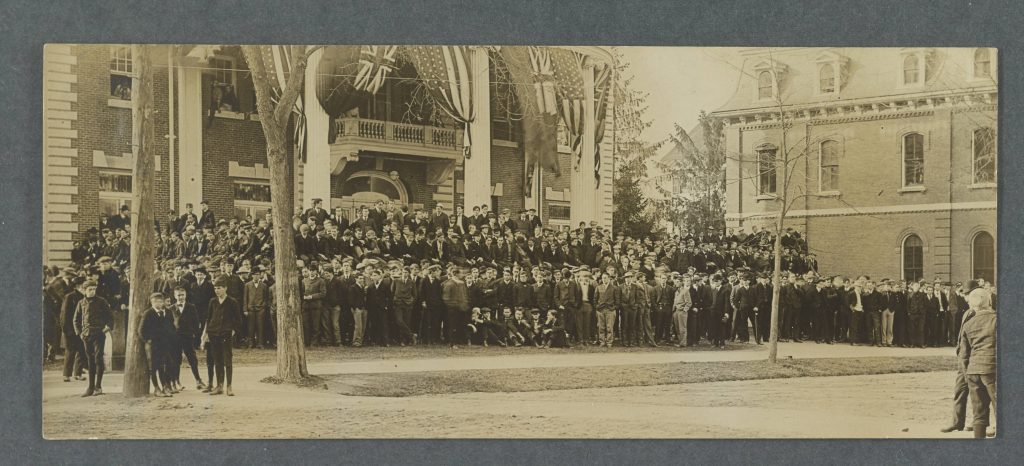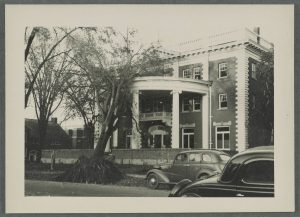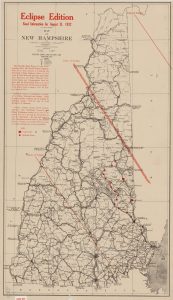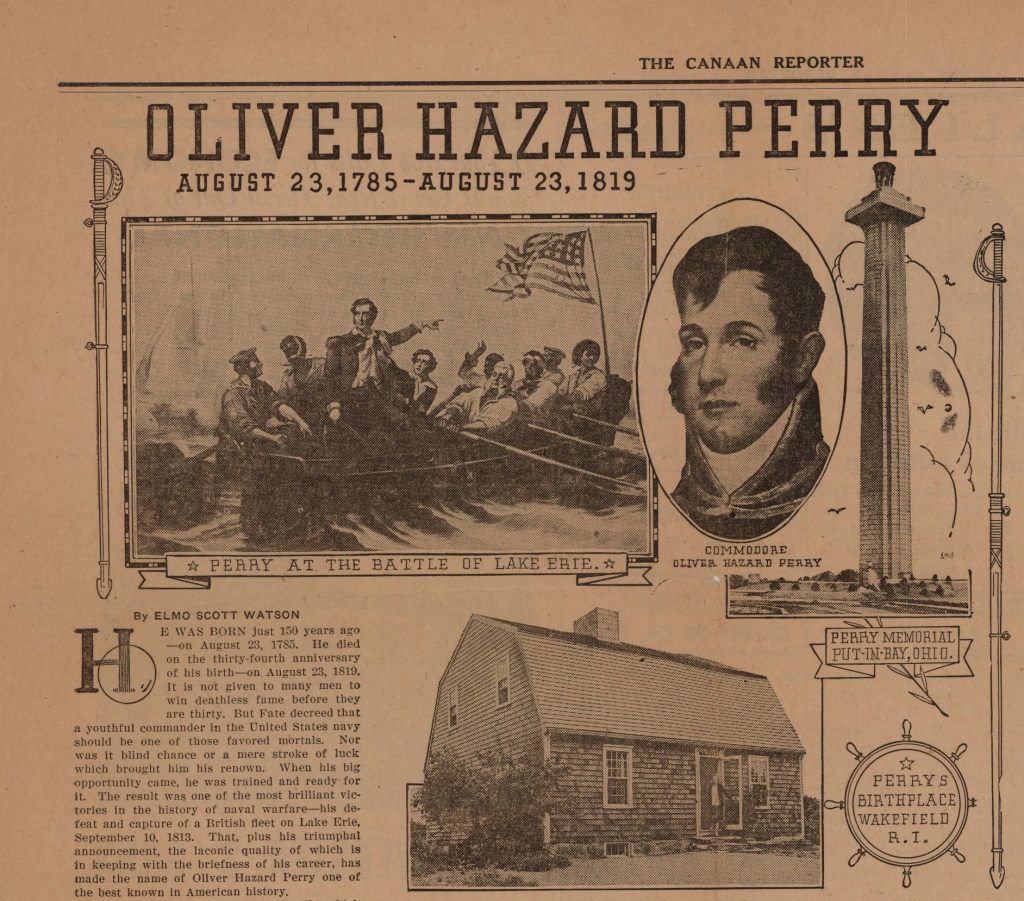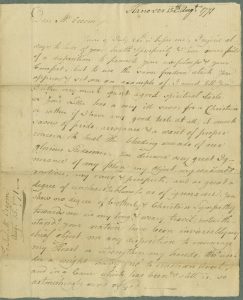Our series highlighting a digital collection or item relevant to this day in history, by Monica Erives, Edward Connery Lathem ’51 Digital Library Fellow.
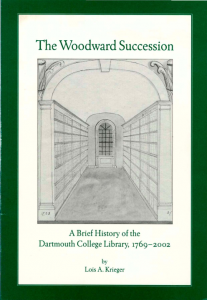 On this day in 1992, President James O. Freedman made an announcement which would drastically change the Dartmouth College Library. At a press conference in the Wren Room of Sanborn House, he announced a gift of $30 million to build “a facility appropriate for the twenty-first century” and to allow the Library to “make its own vision of the future.” A pivotal point in the history – and future – of the College, the gift enabled the construction of Baker’s “companion” library, Berry, which was to combine “the best of traditional collections and service with the unlimited advantages of present and future technology.”
On this day in 1992, President James O. Freedman made an announcement which would drastically change the Dartmouth College Library. At a press conference in the Wren Room of Sanborn House, he announced a gift of $30 million to build “a facility appropriate for the twenty-first century” and to allow the Library to “make its own vision of the future.” A pivotal point in the history – and future – of the College, the gift enabled the construction of Baker’s “companion” library, Berry, which was to combine “the best of traditional collections and service with the unlimited advantages of present and future technology.”
This is just one chapter in the Library’s storied past, from its origins as Eleazar Wheelock’s personal collection to the “precarious” years of the College/University conflict, when the Trustees considered selling library collections to pay legal dues. Much of this history has been documented in The Woodward Succession: A Brief History of the Dartmouth College Library, 1769-2002 made available via the Digital Books Collections.
For an even briefer history, take a look at Baker-Berry: A Library for All Reasons from the Digital Publishing Collection, which was published to celebrate the completion of Berry Library in 2002.



